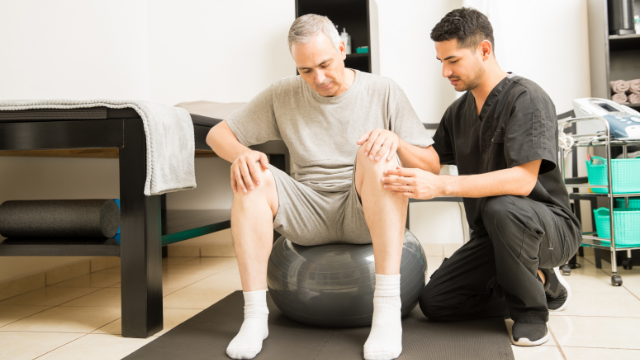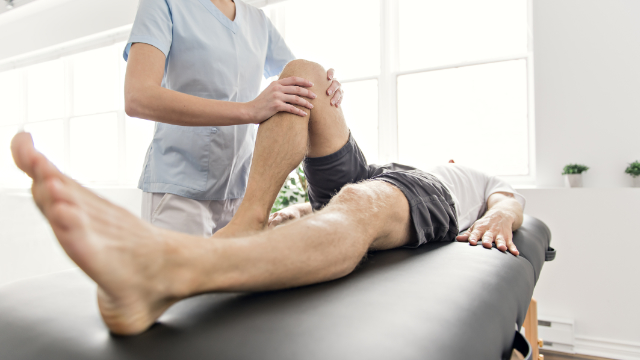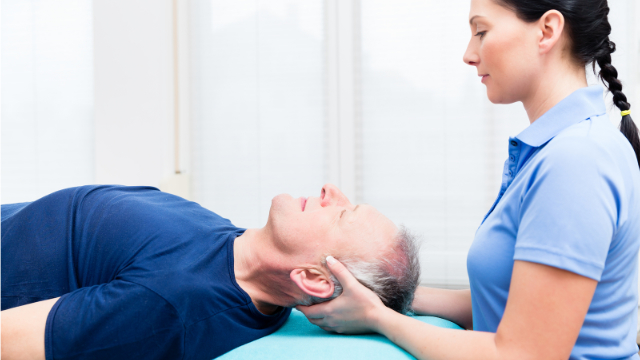
Few conditions are as well known to the general public as arthritis, which is probably because about 54 million Americans—or about 23% of the population—are currently affected by it. These figures could naturally be a bit alarming and lead some to wonder what their personal risk is for developing arthritis and if there’s anything they can do to reduce it.
The truth is that there are many different types of arthritis and a multitude of factors that play into each individual’s chances of getting it. While some of these factors are completely out of one’s control and cannot be altered, others are considered “modifiable,” and making changes to them may have a significant impact on your personal risk for arthritis.
Osteoarthritis is by far the most common of the more than 100 different types of arthritis. As many as 31 million individuals currently have osteoarthritis, and the majority of cases are seen in those who are over the age of 65. Osteoarthritis is also the most preventable of all forms of arthritis, whereas for many other types—like rheumatoid arthritis, for example—not as much can be done to prevent them from occurring because their causes are not well understood.
Focusing on the risk factors that you can control
Osteoarthritis is a complex process that results from a number of different causes. Older age does play a part because the body naturally undergoes several changes that make joints more vulnerable to developing it. Therefore, since nothing can be done to stop the aging process, older age is considered a “non-modifiable” risk factor for osteoarthritis. Other non-modifiable risk factors are being female (since females are at an increased risk for all forms of arthritis) and family history (since some people are more likely to get it because of their genetic background.)
But these are just a few of the factors that determine a person’s risk, and there are many others that are actually modifiable. Below is a breakdown of the risk factors for osteoarthritis that you do have control over and some associated suggestions on how you can modify them in order to keep your personal risk as low as possible:
Maintain a healthy weight
- Excess weight is one of the biggest risk factors for osteoarthritis, and it also happens to be one that you have the power to change
- Here’s why: when you are overweight, the extra pounds put added pressure on weight-bearing joints like the knees and hips; each additional pound of bodyweight adds nearly four pounds of stress to the knees and increases pressure on the hips by nearly six fold, and over time, this extra strain breaks down cartilage in joints and increases the risk for osteoarthritis
- For individuals who are overweight, losing at least 5% of their bodyweight may decrease the amount of stress on the hips, knees, and lower back; one study actually found that overweight women who lost 11 pounds decreased their risk for osteoarthritis by more than 50%
- Tips: losing weight is no easy task, and there are many components that go into it, but your primary focus should be on eating right, making necessary lifestyle changes, and exercising more, which actually happens to be another major modifiable risk factor
More physical activity
- Weight and activity levels go hand-in-hand as the two osteoarthritis risk factors that can be appropriately addressed to manage your risk
- Exercising and becoming more physically active will not only help you achieve and maintain a healthy weight, but serves a number of other important purposes as well: it keeps your joints moving and prevents stiffness, strengthens the muscles around joints, and improves your mobility, all of which play a part in reducing the risk for osteoarthritis
- Inactivity, on the other hand, can actually make joints more likely to be affected by osteoarthritis
- Tips: aim to get the recommended 150 minutes of moderate-intensity activity (like brisk walking) or 75 minutes of a vigorous-intensity activity (like jogging) AND two days of strength training each week; it’s important to point out that physical activity includes anything that keeps you moving, so shoveling snow, taking the stairs at work, and mopping the floor all count towards your totals
Other
- Avoid injury: injuring weight-bearing joints like the knees or hips can make cartilage wear out quicker, so it’s best to take steps to lower your risk whenever possible, such as:
- Participate in a sport-specific injury prevention program
- Take adequate time to rest and recover
- Avoid overtraining and pushing your body too hard
- Get injuries treated: if you do notice any pain or soreness developing in any of the joints that osteoarthritis normally occurs in, get it looked at right away by a physical therapist or your doctor
- Control your blood sugar: studies have shown that diabetes may be a significant risk factor for osteoarthritis, as high glucose levels may speed up the formation of molecules that make cartilage stiffer and more sensitive to stress; so if you’re diabetic or prediabetic, it’s extra important to watch your glucose levels and keep them within a healthy range to reduce your risk for osteoarthritis









